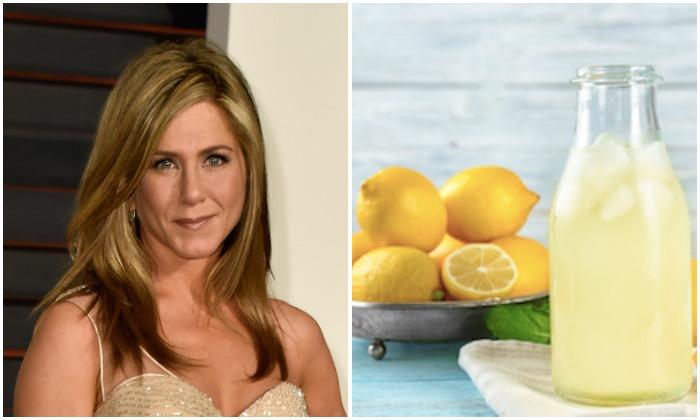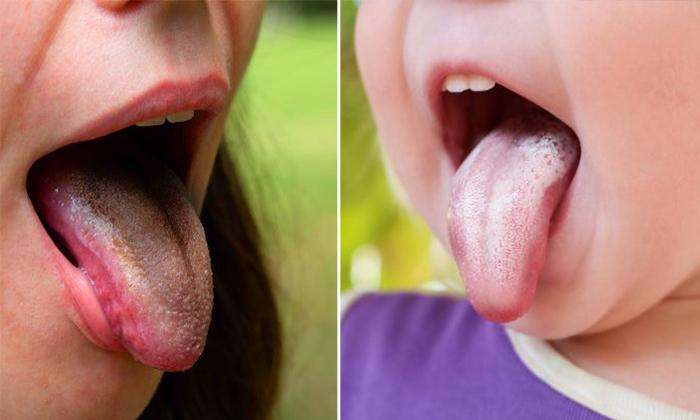If you are experiencing hair loss, hair thinning, or brittle hair, one way to improve the condition of your hair is to avoid harmful shampoo chemicals like SLS and parabens and replace them with 100% natural and organic shampoo.
In many online health product reviews, which can be found on sites such as the Good Trade, a number of natural and organic shampoo brands available on the market are listed and reviewed.





